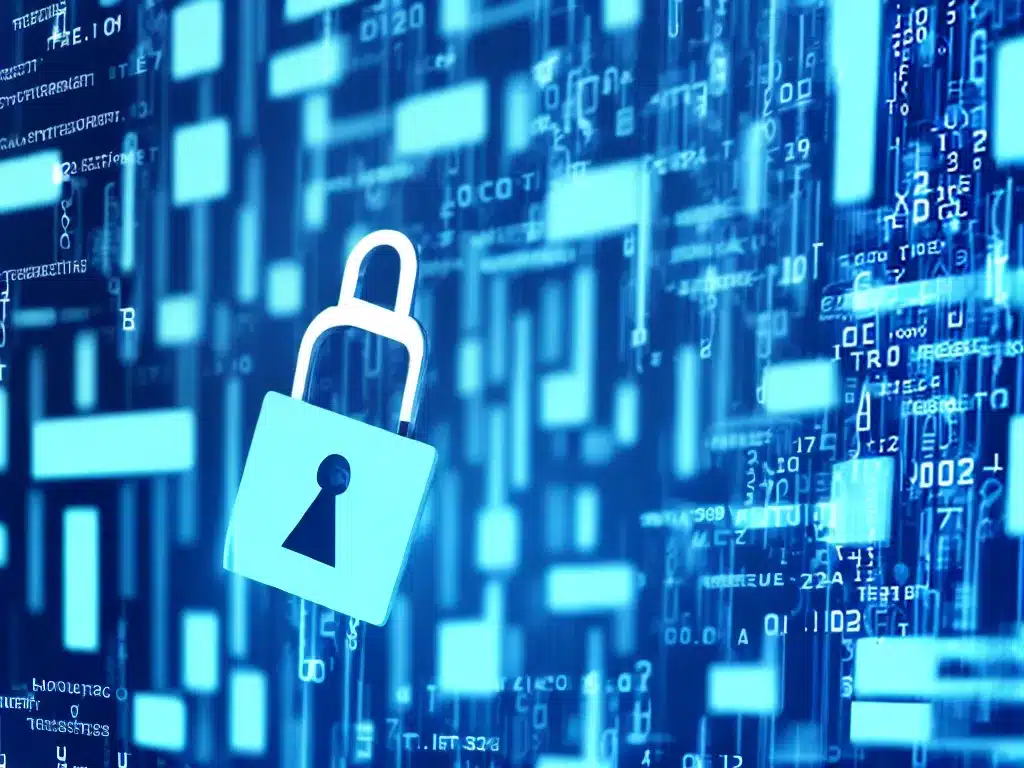
Introduction
Data breaches and cyberattacks are becoming more common every year. As technology advances, so do the threats against it. This makes cybersecurity an extremely important consideration for any business hoping to protect its data. One of the most effective cybersecurity frameworks available today is zero-trust security.
In this article, I will explain what zero-trust security is, why it is so critical for business data in 2024, and how to implement it properly. Adopting a zero-trust approach can greatly reduce your business’s risk of suffering a devastating data breach.
What Is Zero-Trust Security?
Zero-trust security is a cybersecurity model that requires strict identity verification for every person and device trying to access resources on a private network, regardless of whether they are sitting within or outside of the network perimeter. The zero-trust model operates under the principle of “never trust, always verify”.
Unlike traditional perimeter-based security models that assume everything within the network is trusted, zero-trust architectures understand this is no longer a safe assumption. Networks are expanding and perimeters blurring, with more devices, data, and apps moving into the cloud.
Zero-trust mandates that every access request gets validated based on identity and context. Access is granted on a per-session basis, with appropriate permissions and levels of access.
Key Principles of Zero Trust Security:
-
Verify explicitly – Use multifactor authentication and analytics to validate every user session.
-
Use least privilege access – Only authorize just enough access permissions.
-
Assume breach – Secure each access point and session as if breach is imminent.
-
Inspect and log – Continuously inspect user activity and access. Log and analyze for threats.
-
Never trust – No users or devices are inherently trusted. Verify every access request.
Why Zero-Trust Is Critical for Business Data
There are several key reasons why implementing a zero-trust approach will be critical for protecting business data in the coming years:
More Sophisticated Cyber Threats
Cyber threats are becoming more advanced, stealthy, and targeted. Perimeter defenses alone can no longer adequately detect and prevent breaches. Attackers will exploit any vulnerability, using techniques like phishing, malware, and social engineering to penetrate networks. Zero-trust architecture provides layered security to better prevent, detect, and contain modern threats.
Growth of BYOD and Remote Work
Allowing staff to use personal devices and work remotely introduces new risks, as these devices sit outside the network perimeter. Zero-trust models allow secure access to company data from any device, anywhere – critical for supporting flexible work models. Contextual access controls keep data secure across distributed environments.
Expansion of Cloud
As more data and applications move to the cloud, businesses lose visibility and control. Without a zero-trust approach, cloud adoption could open the door to compromise. Zero-trust secures cloud access and builds in controls for usage monitoring, encryption, and data security.
Regulatory Compliance
Data privacy regulations often mandate certain security controls like multifactor authentication and encryption. Zero-trust principles help satisfy legal and compliance directives around consumer data protection.
Shortage of Cybersecurity Professionals
The cybersecurity skills gap means many businesses are understaffed. Zero-trust automation and analytics provide protection without requiring extensive personnel. Reduced reliance on human intervention improves consistency in enforcement.
Implementing an Effective Zero-Trust Architecture
Transitioning to a zero-trust security model requires both technology solutions and corporate cultural shifts. Below are some best practices for implementation:
Gain Executive Buy-In
Get executive leadership and company stakeholders on board. Help them understand the rationale and urgency for adopting zero-trust. Establish it as a strategic business priority.
Create Policies and Procedures
Develop formal zero-trust policies and update procedures to align with least privilege and context-based access principles. Train staff and hold them accountable.
Leverage Zero-Trust Tools
Deploy supporting technologies like multifactor authentication, endpoint security, microsegmentation, encryption and data loss prevention. Prioritize visibility and analytics.
Adopt a Zero-Trust Mindset
Foster an organizational culture of security-first thinking. Emphasize that zero-trust is an ongoing process requiring continuous verification.
Start Small
Don’t try to implement everything at once. Identify one high-risk area like remote access or Bring Your Own Device to pilot zero-trust controls.
Monitor and Refine
Continuously monitor zero-trust operations, user activity, and access patterns. Fine tune policies and controls based on findings.
Conclusion
Zero-trust security will be essential for protecting valuable business assets like data, devices, networks and systems from increasingly dangerous cyber threats in the future. While the initial transition requires effort, organizations that embrace zero-trust methodologies will benefit from enhanced security, improved regulatory compliance, and reduced risk of catastrophic data breaches. By verifying all access, minimizing vulnerabilities, and encrypting everything, companies can enter 2024 with confidence their sensitive information is secure.












